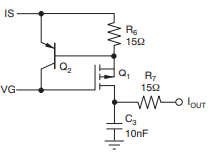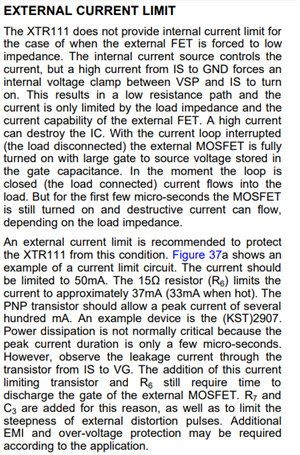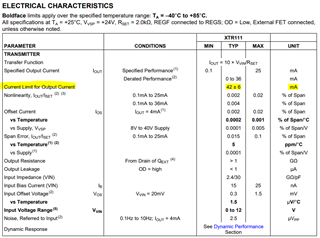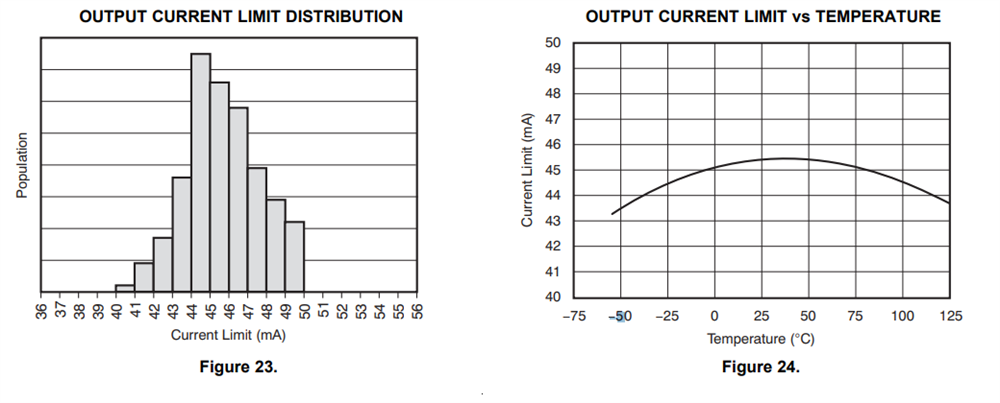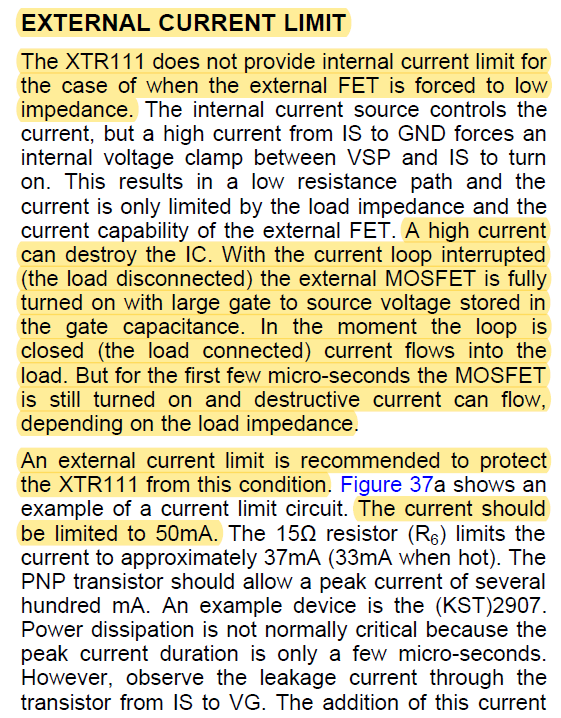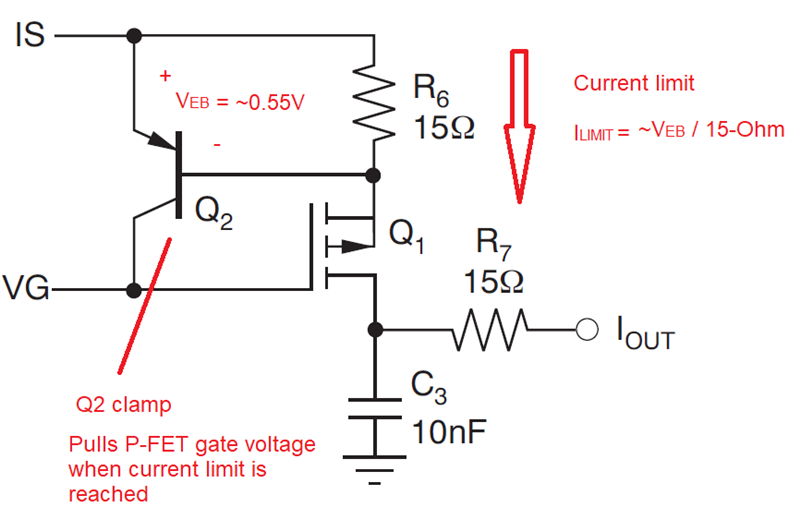Hello team,
I received questions from the customer.
Adding the recommended external current-limiting circuit shown in the datasheet, as shown in the following figure, will prevent a current flow of more than 50 mA even if the load is short-circuited?
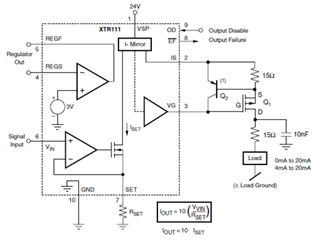
Regards,
Masa


